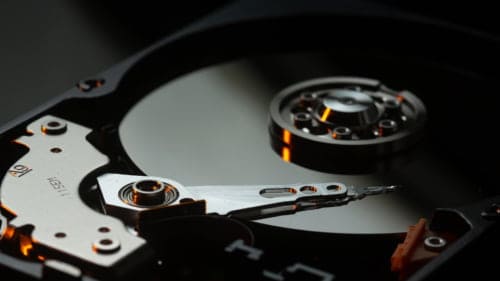There appears to be much interest in the possibility of running Unraid on a Raspberry Pi. The reasons given for wanting to do so are varied. Some want an ultra low-power NAS or server, while others want to test Unraid features before pushing them to production. And, as is always the case when it comes to tinkering with Raspberry Pis, some just want to push the low-cost board to its absolute limits.
Considering the latest hardware revision, in the form of the Raspberry Pi 4 Model B, has a decent quad-core processor, up to 8 GB of RAM, and, for the first time ever, proper gigabit Ethernet, it does beg the question: Can Unraid run on a Raspberry Pi? After all, the Raspberry Pi foundation has started selling the Raspberry Pi 400 as a quasi desktop computer. Surely, the hardware it uses would be powerful enough for Unraid, right?
Unraid has love for x86 only, not ARM
Unfortunately, there is no way of installing Unraid on any ARM-compatible CPU, such as the one found in the Raspberry Pi. Unraid is compiled for x86 systems only, namely those from Intel and AMD. Would it be possible for the Unraid developers to make the operating system ARM compatible? Of course, but not without a lot of work. Considering only a handful of advanced users would be purchasing Unraid for ARM, this is unlikely to happen anytime soon.
While the ARM architecture is growing in popularity, and some have already started development of ARM server chips, it will take years before we see them in the hands of individual customers. Even with Apple dropping Intel in favour of their in-house ARM chips, x86 systems aren’t even close to their deathbed yet.
Why even run Unraid on a Raspberry Pi?
Every time I see the question asked, I ask myself why anyone would even want to run Unraid on a Raspberry Pi. The Raspberry Pi has no SATA ports, limiting it to external hard drives or adapters, and until the Raspberry Pi 4 arrived, the network performance was abysmal due to the Ethernet port sharing its bandwidth with the USB ports.
If what you are after is an easy way of running Docker containers on a Raspberry Pi, you are better off using Raspbian. You can forget about smoothly running advanced operating systems in a virtual machine on a Raspberry Pi, no matter the host OS. For a low-cost and low-power network-attached storage, you might as well hook up a hard drive to your router’s USB port. Cheap old hardware can be found for next to nothing on second-hand sites and are perfect for testing Unraid due to its low system requirements.
Alternatives to the Raspberry for running Unraid
If you still have your mind set on running Unraid on a system comparable to the Raspberry Pi, there are a few alternatives available. The Atomic Pi has an Intel Atom x5-Z8350 quad-core CPU and is confirmed to be able to run Unraid. At 4-15W (without any components), it uses only a modest amount of power when compared to full-blown desktop systems. It is significantly bigger than any Raspberry Pi, as a heat sink passively cools the CPU.
The Rock Pi X is another single board computer. Just like the Atomic Pi, it also uses an Intel Atom x5-Z8350 CPU. However, the absence of a heat sink or cooler makes it similarly sized to a Raspberry Pi Model B. and is a similar size to the Raspberry Pi Model B. Unfortunately, I haven’t been able to find any reports on whether it can boot Unraid.
No products found.
Moving up a gear, the ODROID-H2+, which is currently hard to come by due to an uncertain component supply, has an Intel Celeron J4115 processor. While still being a single board computer, it has two SO-DIMM slots for up to 32 GB of memory, a PCIe 2.0 (4x) slot for M.2 NVMe storage, and two SATA connectors. If you can get your hands on one, it can definitely boot Unraid.
If size is of essence, but pricing isn’t a factor, then perhaps the Intel NUC might be for you. These systems have powerful x86 CPUs with a minimal footprint. The downside of these systems is that they frequently cost a significant amount more than building your own.
No products found.
The downsides of small Unraid system
Despite the alternatives mentioned above being available, I would never recommend a system smaller than ITX for anyone looking to build an Unraid server. As soon as you start adding hard drives or SSDs, the setup will become messy. You will also run in to issues if you are using an external USB enclosure which houses multiple hard drives. Having everything in a single case is definitely the way to go.



